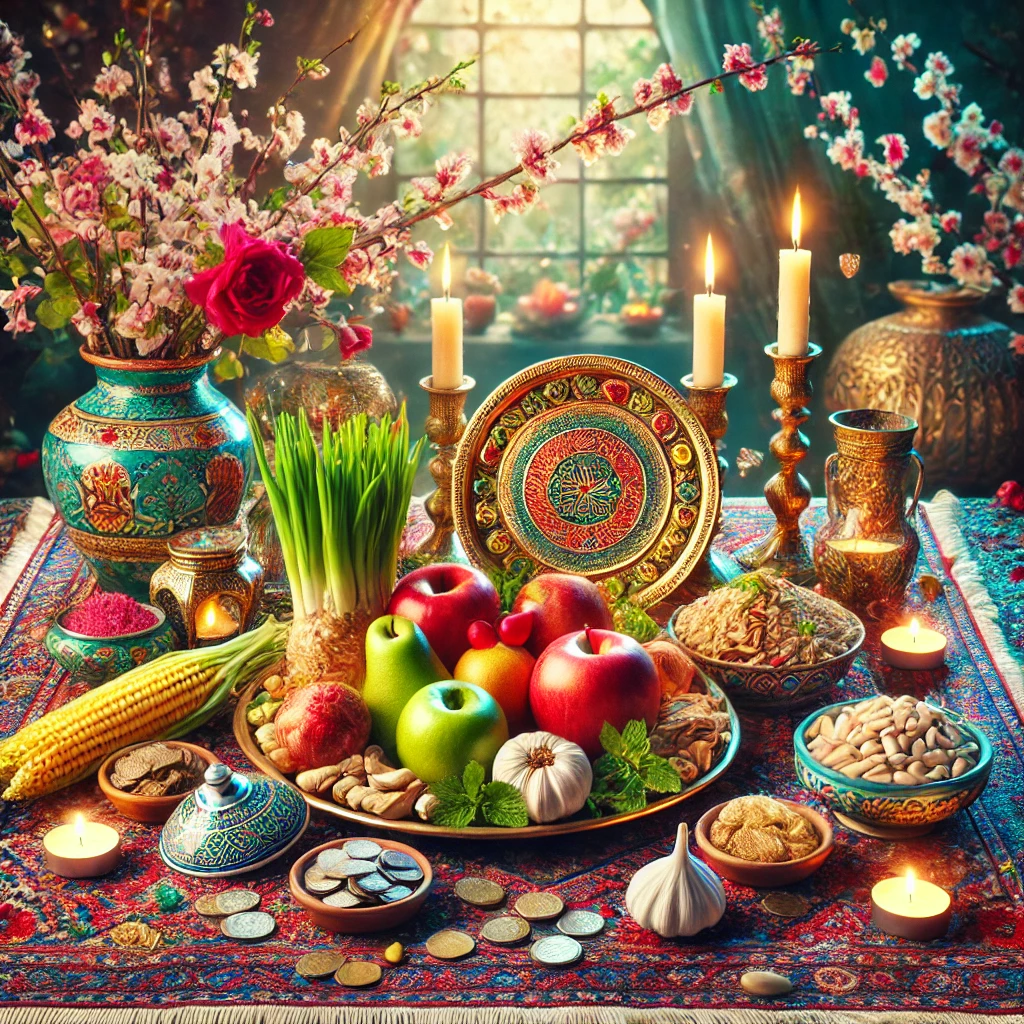
Nowruz, also known as the Persian New Year, is one of the oldest and most significant celebrations observed by millions of people worldwide. Marking the arrival of spring, Nowruz is rooted in ancient traditions and symbolizes renewal, hope, and prosperity. This festival is celebrated in Iran and across many countries, including Afghanistan, Azerbaijan, Turkey, India, and parts of Central Asia.
In this guide, we will explore the history, traditions, foods, and global celebrations of Nowruz, ensuring you have a complete understanding of this vibrant holiday.
The History and Significance of Nowruz
Nowruz, meaning “New Day” in Persian, dates back over 3,000 years and has its origins in Zoroastrianism, an ancient Persian religion. It is celebrated on the vernal equinox, usually occurring between March 19th and 21st. The festival represents rebirth, as nature awakens after winter, and symbolizes a fresh start for individuals and communities.
Nowruz was officially recognized by the United Nations as an International Day in 2010, highlighting its cultural and historical importance across different regions.
Nowruz Traditions and Customs
1. Spring Cleaning (Khaneh Tekani)
Before Nowruz, families thoroughly clean their homes in a tradition called Khaneh Tekani, which means “shaking the house.” This symbolizes removing negativity and making space for new beginnings.
2. Haft-Seen Table
A significant part of Nowruz is setting up a “Haft-Seen” table, which includes seven symbolic items, each starting with the Persian letter ‘S’:
- Sabzeh (Sprouts) – Representing rebirth and growth
- Samanu (Sweet Pudding) – Symbolizing prosperity
- Senjed (Dried Oleaster Fruit) – Representing wisdom and love
- Seer (Garlic) – For health and protection
- Seeb (Apple) – Indicating beauty and good health
- Serkeh (Vinegar) – Signifying patience and aging
- Sumac (Spice) – Representing the color of sunrise and new beginnings Other items on the table may include a mirror (self-reflection), candles (light), decorated eggs (fertility), and goldfish (life and movement).
3. Chaharshanbe Suri (Festival of Fire)
On the eve of the last Wednesday before Nowruz, people light bonfires and jump over them while chanting phrases that symbolize getting rid of negativity and inviting positive energy.
4. Visiting Family and Giving Gifts
During Nowruz, visiting relatives and friends is a key tradition. Elders give “Eidi,” small cash gifts, to children as a sign of good fortune.
5. Sizdah Bedar (Nature Day)
On the 13th day of Nowruz, families go outdoors for picnics and festivities. This day marks the end of the Nowruz celebrations and is dedicated to appreciating nature and spending time with loved ones.
What to Cook for Nowruz
Traditional Nowruz dishes reflect the themes of renewal and prosperity. Some of the most popular dishes include:
- Sabzi Polo ba Mahi (Herbed Rice with Fish) – Symbolizing abundance and new beginnings
- Kuku Sabzi (Herb Frittata) – Representing health and renewal
- Ash Reshteh (Noodle Soup) – Symbolizing good fortune and long life
- Reshteh Polo (Noodle Rice) – Associated with success and untangling life’s complications
- Baklava and Shirini (Persian Sweets) – A sweet start to the new year
Where to Celebrate Nowruz Around the World
Nowruz is not only celebrated in Iran but also in various communities worldwide. Here are some of the best places to experience Nowruz festivities:
1. Iran
As the birthplace of Nowruz, Iran hosts grand celebrations with fireworks, traditional feasts, and cultural events.
2. Afghanistan
Nowruz is a public holiday in Afghanistan, where people enjoy food, music, and games like “Buzkashi,” a traditional horse-riding sport.
3. Azerbaijan
Azerbaijan marks Nowruz with fire-jumping ceremonies, traditional dances, and festive bazaars.
4. Tajikistan, Uzbekistan, and Kyrgyzstan
In Central Asia, Nowruz celebrations include street performances, equestrian games, and cultural festivals.
5. United States and Canada
Cities like Los Angeles, Toronto, and New York host large Nowruz events with Persian music, dance, and food.
Why Nowruz Matters Today
Nowruz is more than just a festival—it’s a celebration of renewal, unity, and hope. It brings together people of different backgrounds, reinforcing cultural heritage and fostering a sense of global community.
Whether you celebrate Nowruz every year or are just learning about it, this ancient tradition offers a message of positivity and joy that resonates across cultures.
For more cultural insights and global celebrations, visit Focus Global News!





